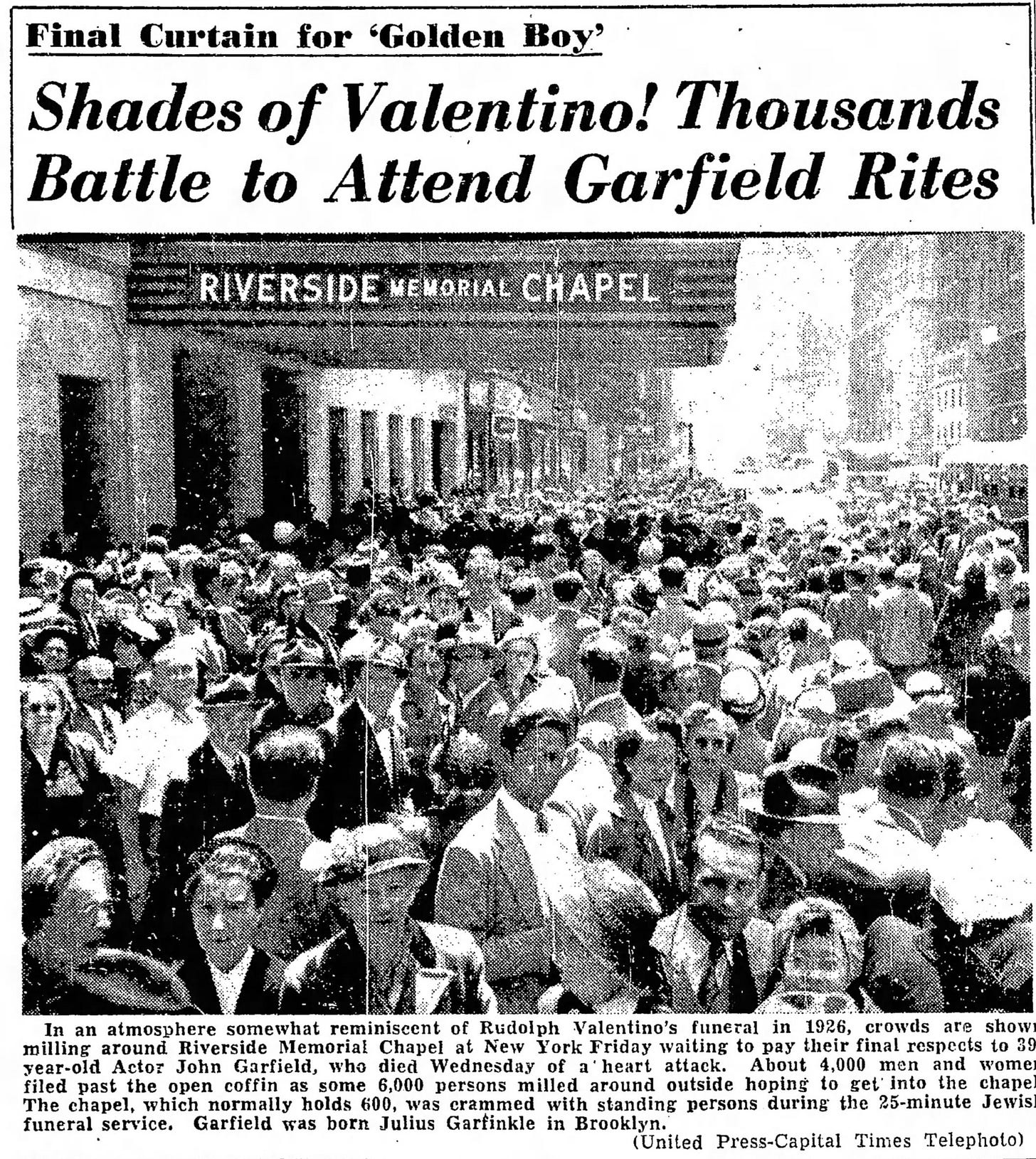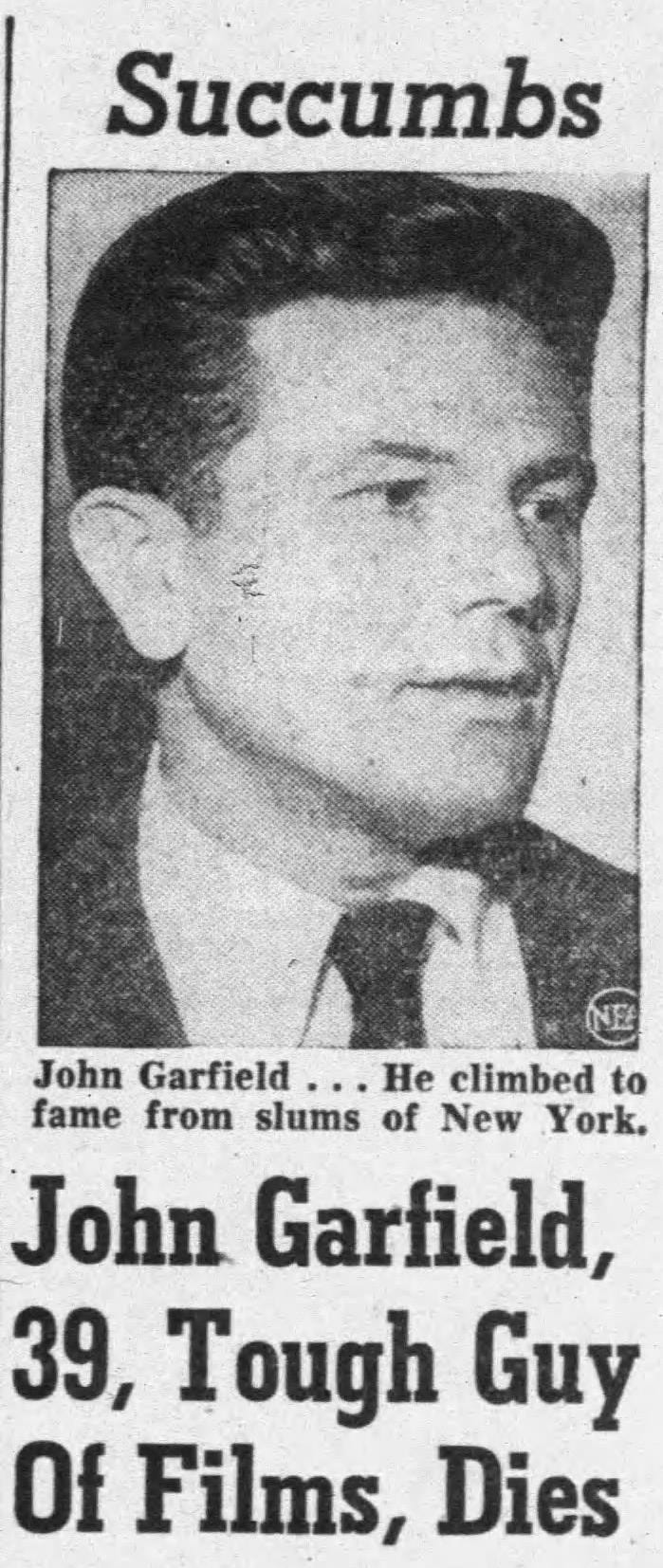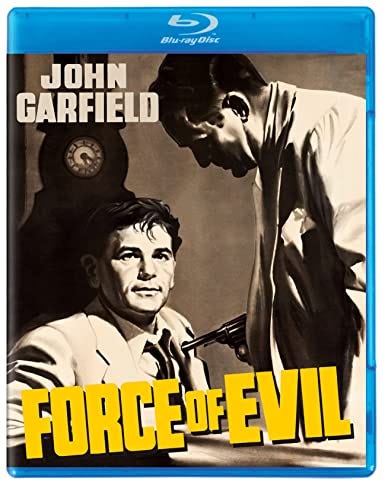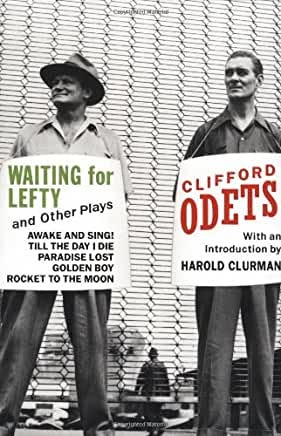THE SCREEN SPECTATOR - JUNE 2023
THE DEATH OF JOHN GARFIELD
When actor John Garfield died on May 21, 1952, the media coverage surrounding his death sensationalized the details of his final hours and placed a heavy emphasis on his tough upbringing in the slums of New York's Lower East Side.
Throughout his early career, Garfield was consistently cast as a tough guy, portraying social outcasts, fugitives, and criminals. This image, carefully crafted and reinforced by Warner Brothers, his studio, became deeply ingrained in the public's consciousness.
After his death, newspaper headlines across the nation continued to blur his manufactured image with his real life, to the point where Garfield and his on-screen persona became indistinguishable for many readers and fans.
Headlines often referred to Garfield as a troubled tough guy, the kid from the slums, and misrepresented his political beliefs, thereby undermining the rich legacy he had built over years of work in films and theater.
In 1951, when Garfield appeared before the House Un-American Activities Committee, he refused to cooperate by naming names when questioned about potential communist affiliations and knowledge. Instead, he adamantly stated that he knew of no communists in Hollywood or within the Group Theater, a groundbreaking theater collective of which he had been a member in the 1930s. The combination of the red scare, the influence of HUAC and his testimony killed his career.
The circumstances surrounding his death further overshadowed his film stardom. He suffered a heart attack in bed at the home of his friend, Iris Whitney. Newspaper headlines boldly declared "John Garfield, Dead in Blonde's Bedroom," or variations thereof, injecting a salacious and lurid element into his passing.
In fact, only a handful of the articles I came across even acknowledged his artistic accomplishments, his two Academy Award nominations, or his invaluable contribution to supporting troops during World War II through the co-founding of the Hollywood Canteen. Also stunning, his passing did not even rate a mention in MODERN SCREEN magazine (I suspect that omission was definitely a result of his blacklisting).
The August 1952 issue of PHOTOPLAY MAGAZINE did included one small paragraph that actually seemed to lament his passing.
Reflecting upon these articles today only amplifies the tragic trajectory of the end of John Garfield’s life. He lost his career, he died, and then his memory and Hollywood legacy were all but erased in a flood of scandalous and dismissive headlines, or he was ignored all together.
Sadly, most of his films have been forgotten over time. This is so sad because John Garfield deserved better.
Should you be interested in delving into the filmography of John Garfield, here are some of my personal favorites:
Four Daughters (1938)
Daughters Courageous (1939)
Saturday's Children (1940)
The Sea Wolf (1941)
The Fallen Sparrow (1942)
Air Force (1943)
The Postman Always Rings Twice (1946)
Humoresque (1946)
Body and Soul (1947)
The Breaking Point (1950)
He Ran All The Way (1951)
Click here for John Garfield Books and Films
Upcoming DVD/BLURAY Releases
⭐️ FORCE OF EVIL ⭐️ (4k Blu-Ray)
KINO July 10, 2023
Finally, "Force of Evil" is receiving the gold standard treatment with a full restoration and an impressive array of special features.
Written and directed by Abraham Polonsky, "Force of Evil" showcases one of John Garfield's greatest performances as Joe Morse, a lawyer torn between his ambitions and loyalty to his brother Leo (played by Thomas Gomez), who is involved in an illegal numbers racket. As Joe becomes entangled in a high-stakes plan to manipulate the numbers game, he grapples with the consequences of his actions and faces the corrupting influence of power.
The film's powerful cinematography by George Barnes, along with its sharp dialogue, effectively captures the essence of the post-war era, immersing viewers in a world where moral boundaries are blurred and the pursuit of power exacts a great toll. "Force of Evil" stands as a timeless classic, resonating as a poignant commentary on the human condition and the compromises made in the relentless pursuit of the American dream.
Special Features:
• 2022 4K Restoration by Paramount Pictures, UCLA and The Film Foundation
• NEW Audio Commentary by Film Historian Imogen Sara Smith
• Introduction by Martin Scorsese
• Theatrical Trailer
• Optional English Subtitles
Click here to pre-order FORCE OF EVIL
SAFE IN HELL
Warner Archive, Available NOW
A pre-Code classic, "Safe In Hell," directed by William Wellman and starring Dorothy Mackaill, is essential viewing. Released in 1931, before the enforcement of the Production Code, which imposed stricter censorship rules on films, "Safe In Hell" is a shocking, lurid, and entertaining tale that epitomizes the boundary-pushing pre-Code era.
Mackaill plays Gilda Carlson, a woman who finds herself in a desperate situation after accidentally killing the man who raped her and forced her into prostitution in New Orleans. Seeking refuge, she flees to a Caribbean island. However, her safety is threatened when the ruthless local police chief sets his sights on her.
Co-Starring Donald Cook and Nina Mae McKinney, "Safe In Hell" explores themes that would have been challenging or even impossible to depict just a few years later.
If you're interested in exploring the era of pre-Code Hollywood and its impact on storytelling, "Safe In Hell" is a must-see.
Special Features
Theatrical Trailer
Crime Square Pat O’Brien one-reeler
George Jessel and His Russian Art Choir
Dumb Patrol (animated satire of The Dawn Patrol)
Click here to purchase SAFE IN HELL
THE BEST OF MAY: Some of the best of what I watched, read and listened to last month. . .
Harold Clurman: A Life of Theatre
Harold Clurman was one of the most influential figures in the history of the American theater. As the passionate and talented leader of the Group Theatre, Clurman brought a renewed energy and vitality to American theater through his unwavering political and artistic idealism.
Under his guidance, the Group Theatre became a beacon of artistic innovation and social consciousness, pushing the boundaries of traditional theatrical conventions. Clurman's commitment to fostering an environment of collaboration and experimentation allowed for the development of groundbreaking productions and the nurturing of emerging talents. His impact on the American theater landscape continues to resonate, leaving a lasting legacy that has inspired generations of theater artists.
Old Time Radio
Hollywood Players presents "Golden Boy" (October 8, 1946) starring John Garfield and Lynn Bari.
The Hollywood Players, also known as The Cresta Blanca Hollywood Players, was a radio show that aired for 26 weeks from 1946 to 1947. Cresta Blanca, the sponsor of the show, enlisted the talents of eight Hollywood stars to participate in this anthology series, ensuring that at least two of them would appear in each episode.
The roster included Claudette Colbert, Joseph Cotton, Bette Davis, Joan Fontaine, John Garfield, Paulette Goddard, Gene Kelly, and Gregory Peck.
The productions for each episode were carefully chosen by the actors themselves. They had the opportunity to select either a project they had previously been a part of or one that they aspired to be involved in. John Garfield chose “Golden Boy.”
JOHN GARFIELD IN “GOLDEN BOY”
Books
Waiting for Lefty and Other Plays by Clifford Odets
Clifford Odets played a significant role in the history of the Group Theatre. As a playwright, he contributed to the group's mission of creating socially relevant and politically charged works.
Odets' plays reflected the hardships faced by working-class individuals during the Great Depression, exploring themes such as labor unions, class conflict, and the pursuit of the American Dream. His works were characterized by their realistic dialogue, intense emotions, and vivid portrayal of complex characters. They captured the spirit of the era and resonated with audiences.
This collection of Odets' plays, introduced by Harold Clurman, provides a compelling depiction of the time period, evoking a sense of time, place, and struggle. These works are distinctly American and groundbreaking in their approach to drama.
Click here to purchase Clifford Odets: Waiting for Lefty and Other Plays
and finally. . .
You can find a list of essential Cinema Cities books and movies here: Cinema Cities Favorites
🎵Like the music featured in the videos on the channel?
you can find a playlist with the music I've used here: CINEMA CITIES PLAYLIST
(And, if you sign up to Epidemic Sound through the playlist link, you'll get 1 month for free!)
I hang out on Twitter so come on over and say hi!
If you're loving all the content, consider supporting the channel at buy me a coffee, or becoming a Sub Stack paid subscriber with access to even more content.
Email: CinemaCities1978@gmail.com
Disclosure: I may receive a commission or referral bonuses for purchases or sign-ups made through my links. I am a participant in multiple affiliate and referral programs, including Amazon and Epidemic Sound.














